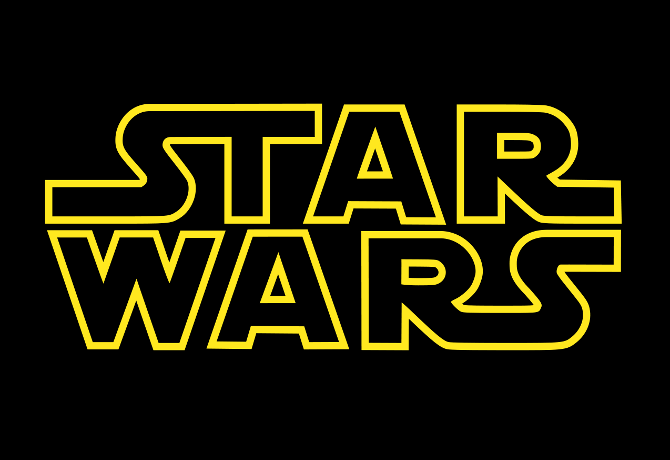Craig Catley, director of StrategyBlocks, explains what today’s marketing and media executives can learn from George Lucas and his visionary space opera, Star Wars.
Unless you have been living in a galaxy far, far away, you’ve probably familiar with Star Wars. The movie franchise is a marketer’s paradise, appealing to multiple generations and capturing the attention of consumers to the tune of billions of dollars.
Star Wars won the hearts and minds of so many it even has been awarded its own day, at least in the lexicon of pop culture: Star Wars Day, ‘May the fourth’.
How did a little green alien and hairy Wookie emerge from the obscurity of a script to become part of an overall marketing and media force? Simply put, George Lucas’ execution and strategy.
The father of Star Wars, Lucas was a Jedi master in the way he used a strong creative vision, leadership, and technological wizardry to bring Star Wars out from the dark side and into movie making history, and there are strategic lessons marketers can take from Lucas in becoming their own master marketing force.
Tell a story of vision
George Lucas was not always the name he is today. Coming off his film American Graffiti, he was practically broke when he set out to make the original Star Wars movie. He had this crazy vision of a story he called a “space opera”, but no studio was buying.
Lucas believed in his story, however, and knew there was place in the market for it. He pitched multiple studios his vision, including the unique characters and dynamic galaxy the likes the world had never seen. In short, he developed a strategic vision, backed by a belief in his product and research, and used that vision to make Star Wars the success it is today.
Just like Lucas had a story, businesses and marketers have their stories. These stories are vision statements, and once defined in an overall strategic plan, can act as the catalyst for all future actions. Surprisingly, many businesses and brands never determine their strategy. They fail to define who they are as a business, their goals, and their product. However, when 95% of the typical workforce doesn’t understand their organisation’s strategy, a vision statement is key to getting everyone on the same page and to believe in the path forward.
To be successful, businesses need to develop vision statements that effectively communicate and market their brand’s unique stories.

Execute leadership
Star Wars ‘A New Hope’ was a major undertaking that required multiple departments to come together and collaborate in ways that had never been seen or done before.
To say Lucas was an involved leader is an understatement. Lucas immersed himself in every aspect of the movie-making process from script edits to special effects, to set design, and to making sure his overall vision of the Star Wars Galaxy matched the final cut.
His leadership did not stop there, either. He charged personnel to work collaboratively across all departments and tasks regardless of their assigned roles, understanding that leadership at every level of any organisation drives execution and ensures overall success.
There is a leadership lesson in the Lucas example for any marketer or business. Leadership requires a hands-on approach, especially when, in a recent study, 77% of organisations indicated their leadership strategy was only somewhat, or not at all, aligned with their business strategy.
A strongly committed leader drives execution of business initiatives across all departments. When that leadership is absent, collaboration, cooperation, and even creative processes fall by the wayside and an organisation’s ability to be successful suffers.
Embrace the technology of today
George Lucas believed in technology’s ability to help tell any story. He believed in it so much he founded Industrial Light and Magic, a motion picture visual effects studio, in May 1975, two years before the release of the first Star Wars movie. Lucas understood that, to bring a sci-fi world to life, he needed technology, and even employed Go Motion animation to bring AT-ATs to life in ‘The Empire Strikes Back’. Lucas used the technology of his time to enhance his storytelling not overtake it.
In much the same way, businesses and marketers can use technology to enhance operations and strategic plans. While technology should never replace creative thinking or the power of people, it can streamline ideas and make life simpler when deployed at the right time and in the right way. Technology should enhance business processes, but not overtake any aspect of a business to the point it loses creative control.
George Lucas’ genius truly lies in his ability to execute a vision, his leadership, and the way in which he uses technology to create engaging stories that lead to box office success. Businesses who employ these same strategies will find success in any market.
In the words of the little green alien himself, Yoda, “Difficult to see. Always in motion the future is,” but with the right strategy your business success doesn’t have to be uncertain. So focus on strategy and may your business always have the fourth be with you.








